11 Warning Signs Your Roofing Contractor Looks For During Inspection
You've lived in your home for over a decade now. The kids are grown, the mortgage is manageable, and you've made your house into a home. But while the interior may show your personal touches, the exterior needs some TLC. Your roof in particular is looking a little ragged. Some of the shingles are cracked or missing altogether. There are a few spots that look like they may be leaking. It's time to call in a professional roofing contractor to take a look. When the roofing contractor arrives, they'll inspect every inch of your roof. They've been doing this for years, so they know what to look for. Here are the top 11 warning signs a roofing contractor keeps an eye out for during an inspection.
1. Inspecting for Roof Age
The roofing contractor will first want to know the age of your current roof. According to home improvement expert Bob Villa, you should have your roof inspected once it is over 10 years old. Shingles become brittle and crack over time due to exposure to the elements. Old roofs are more prone to leakage. If your roof is approaching the 10-year mark, be prepared for the roofing contractor to recommend repairs or full replacement.
2. Checking for Loose or Curling Shingles
A key warning sign is shingles that are no longer laying flat against the roof. The roofing contractor will check for any loose shingles, cracks, curling up, or missing altogether. Shingles that are not securely attached can be blown off by strong winds. Curled corners also allow water to seep underneath, which can lead to rot and interior leakage. We've found that a few problem shingles can quickly turn into big problems.
3. Examining Flashings
The metal flashings around chimneys, vents, skylights, and other roof protrusions are common points of leakage. Your roofing contractor will scrutinize each flashing. If any flashings are buckled, cracked, loose, or corroded, they need to be repaired or replaced. Don't ignore small flashing issues, or they can lead to much bigger headaches.
4. Looking For Moss Growth
In shady areas and places where water pools, moss and algae growth on the roof is common. But it's not just an aesthetic problem. Moss retains moisture against the roof, which can cause rot over time. Your roofing contractor will note any areas with heavy moss growth. Removing the moss and correcting drainage issues can help prevent costly roof deterioration.
5. Checking Areas With Poor Drainage
Speaking of drainage, the roofing contractor will check for spots where water pools after it rains. Low spots that don't drain properly can have negative effects. Standing water speeds up the corrosion and decomposition of roofing materials. Proper drainage is key to roof longevity. If any problem areas are found, improving drainage may be their top recommended fix.
6. Checking Exposed Nail Heads
Nails secure each shingle to the roof deck. Over time, nail heads can back out and become exposed. This creates an entry point for water penetration. The roofing contractor will look for any exposed nail heads and recommend resealing them with roofing cement. This prevents leakage and further backing out of the nails.
7. Looking For Interior Water Stains
Part of a thorough roof inspection is checking the underside too. In the attic, the roofing contractor will look for water stains on the rafters and sheathing. Stains indicate active leakage from the roof. Even if you haven't noticed any interior dripping, the stains don't lie. Any water penetration needs to be addressed to prevent mold and rotting of wood structures.
8. Checking Exterior Water Stains
On the exterior, staining on fascia boards and siding under roof overhangs is a giveaway. The roofing contractor will inspect for telltale streaking caused by runoff from faulty flashing, damaged shingles, or poor drainage. Like interior staining, exterior streaks signal areas where water has infiltrated past the shingles. Left unchecked, leakage can lead to expensive repairs.
9. Checking For Sagging Areas
A roof with excessive sagging is a warning sign of potential collapse. The weight of pooled water or accumulated debris causes the roof structure to deteriorate over time. The roofing contractor will be on the lookout for any areas that dip or sag. Sagging indicates the roof deck or rafters have weakened and intervention is needed to prevent failure.
10. Checking the Condition of the Chimney
Chimneys take a beating from the elements. The masonry can crack, mortar joints can crumble and the flashing can fail over time. Your roofing contractor will inspect the chimney for issues. Loose or missing mortar allows moisture penetration, so any cracks or gaps will be noted. They'll also check that the chimney flashing is watertight. Chimney repairs may be recommended to prevent damage at the roof intersection.
11. Evaluating Overall Wear
After meticulously inspecting all parts of the roof, the roofing contractor will make an overall evaluation of its current condition and lifespan. If the accumulated wear and tear indicates your roof is nearing the end of its usable life, they may recommend whole roof replacement rather than patching individual problem spots.
Discussing Repair and Replacement Options
Once the inspection is complete, the roofing contractor will review their findings and make repair recommendations. They will outline both short-term repair options and long-term replacement options. For an older roof, replacement may make better financial sense than continuing to patch worn areas. Discuss the pros and cons of roof repair vs. roof replacement fully before making any decisions. New roofing materials like architectural shingles and composite materials now available may offer advantages over simply replacing the roof in-kind. Be sure to ask your roofing contractor about what new roofing options make the most sense for your home and budget.
Scheduling Follow-Up Inspections
Before your roofing contractor leaves, discuss follow-up inspections. According to our experts, it's a good idea to have the roof re-inspected every one to two years to check that any repairs are holding and identify any new areas of concern promptly. A biannual maintenance inspection can help maximize your roof's lifespan. Coordinate with your contractor, so you remember to schedule the follow-up.
Preventative Maintenance Between Inspections
Getting a professional roof inspection every year or two is smart preventative maintenance. But there are a few things you can do yourself between roofing contractor visits to keep your roof in good shape. Make a habit of inspecting the roof whenever you clean your gutters. Look for any new cracked or missing shingles. Also, check that tree branches aren't overhanging too close to the roof. Tree limbs can abrade shingles and cause damage. Monitor the interior ceiling and attic space when it rains or after snow melts. Look for any new moisture staining or dripping. Catch leaks quickly before major damage occurs.
Protecting Your Investment
Your roof is one of the biggest investments and maintenance items in your home. Keeping it in good shape protects your home from the elements, adds to curb appeal, and maintains property value, too.
By understanding what warning signs a professional roofing contractor looks for, you can be better prepared for what they may find during inspection. Don't ignore any issues - addressing them promptly protects your roof investment and prevents bigger headaches and expenses down the road. With regular inspections and proper maintenance, your roof should provide great protection for many years before full replacement is needed. If your roof needs to be inspected, reach out to Dillman Brothers today to get started.

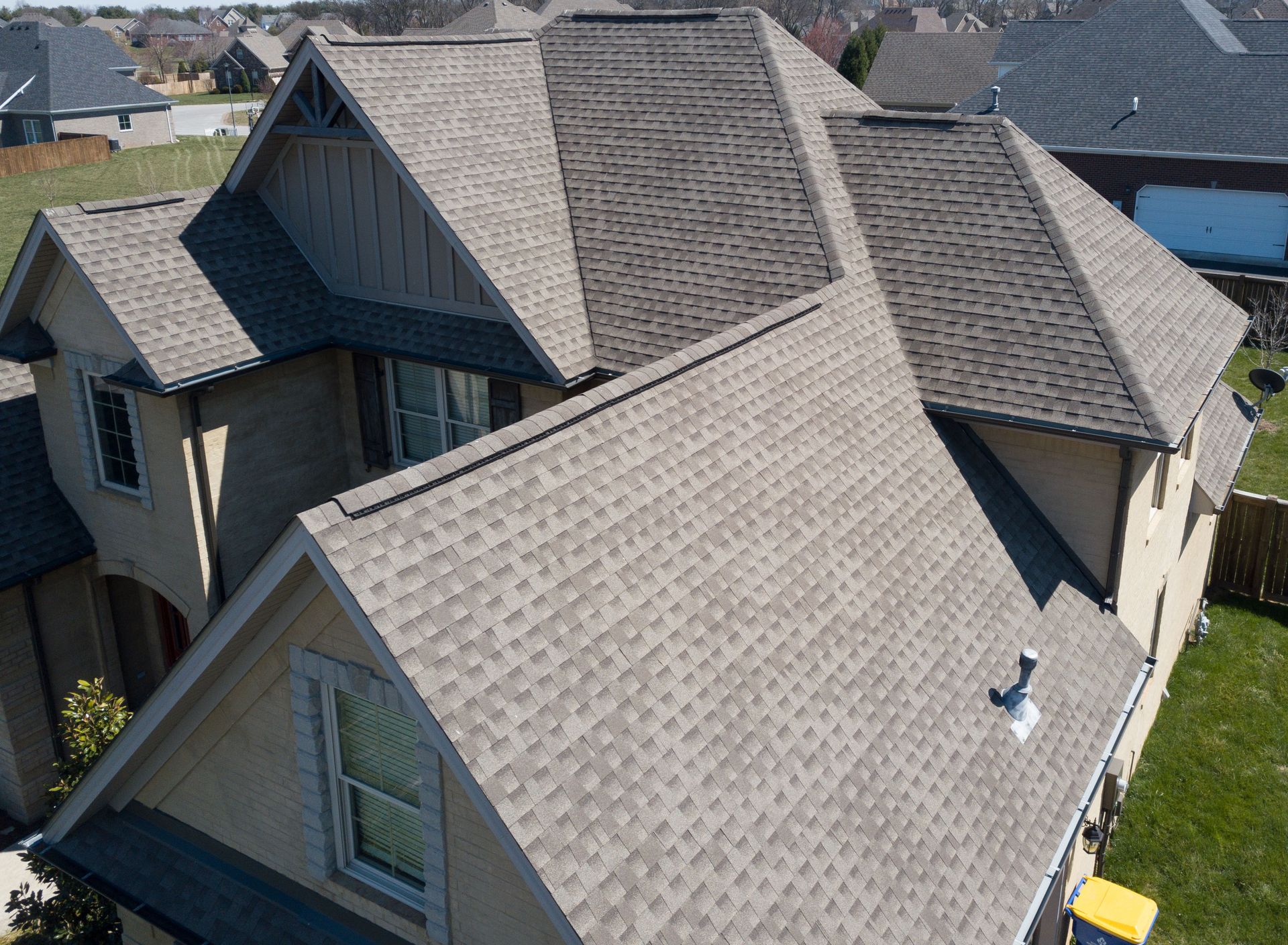
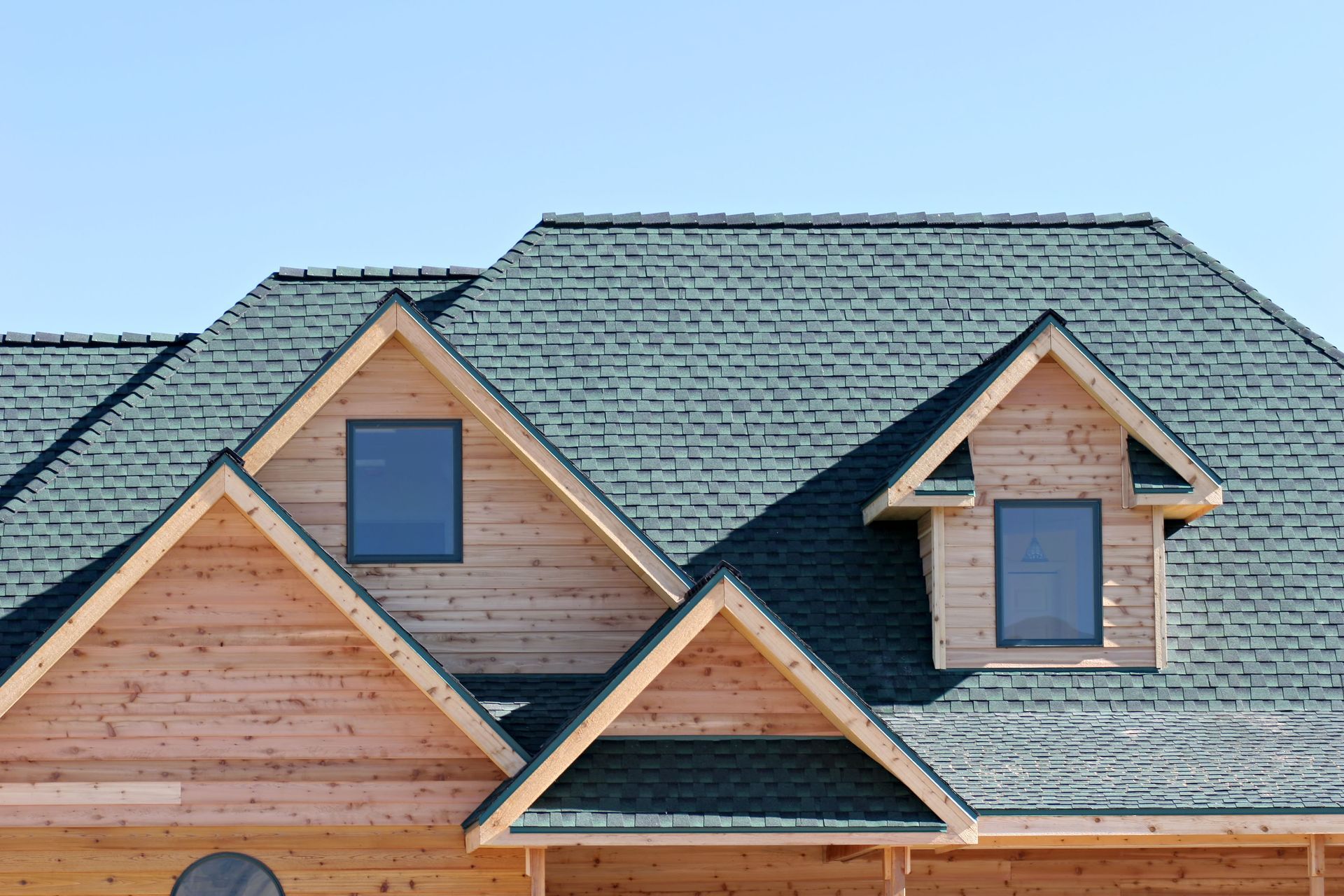
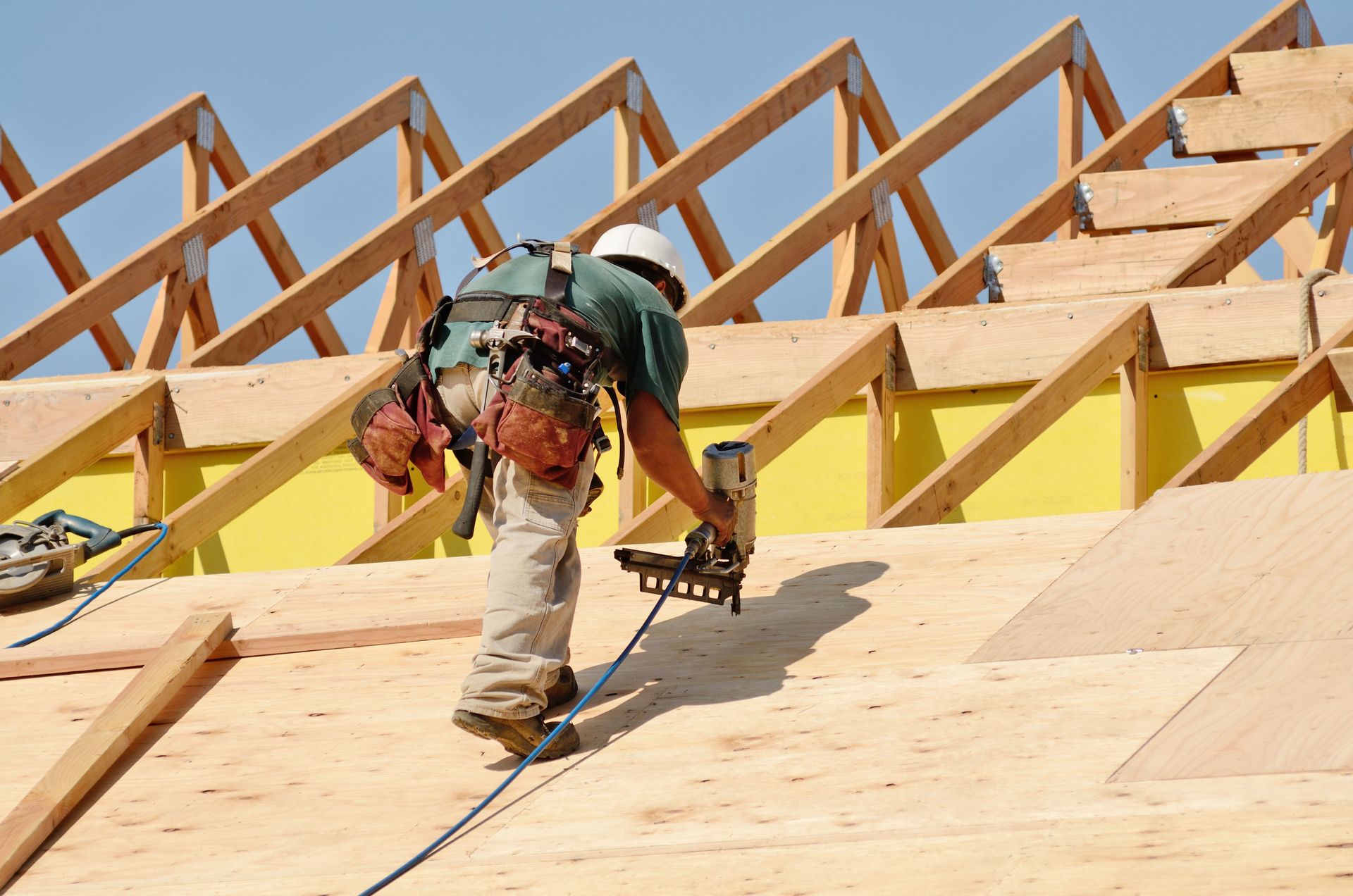
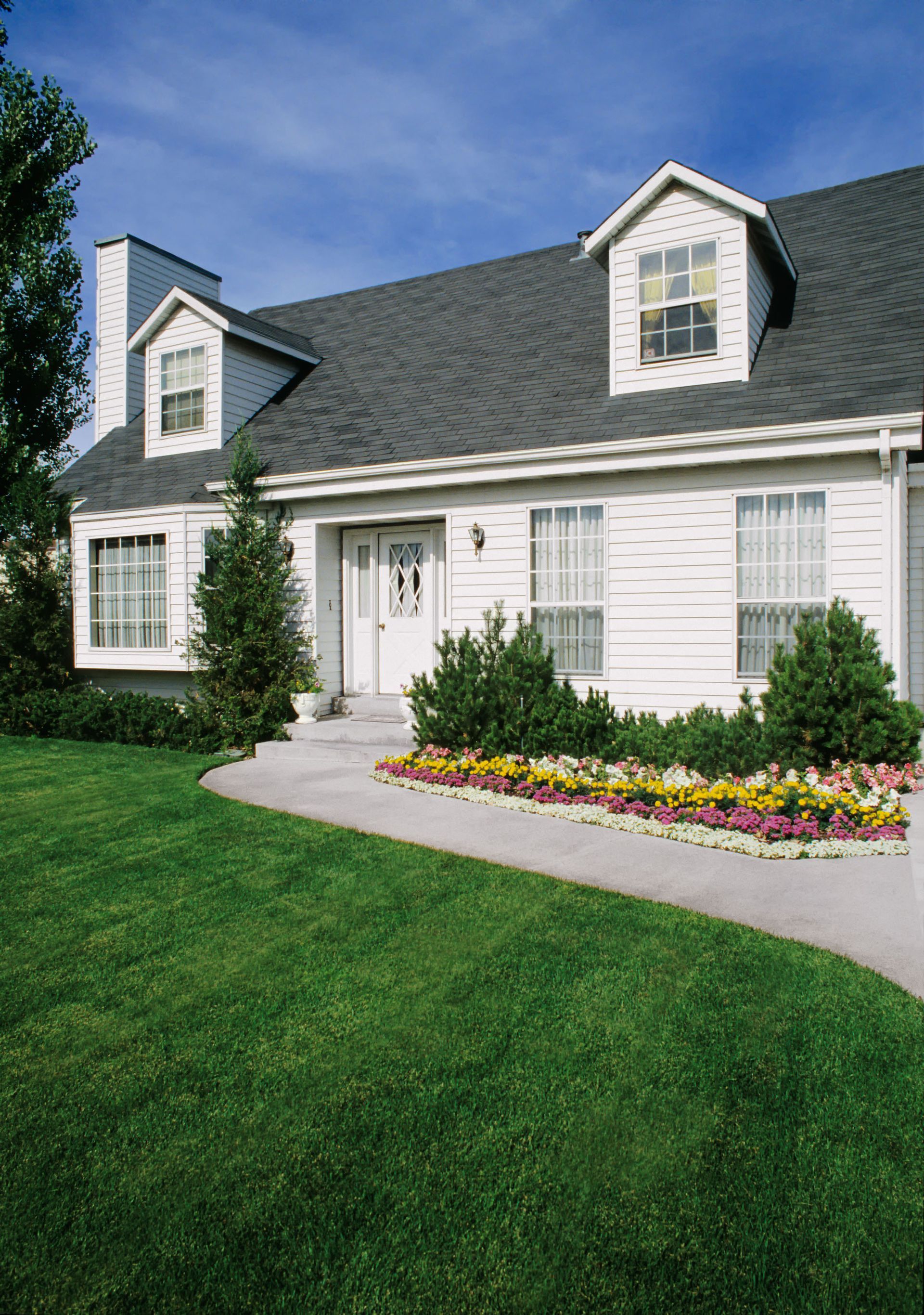
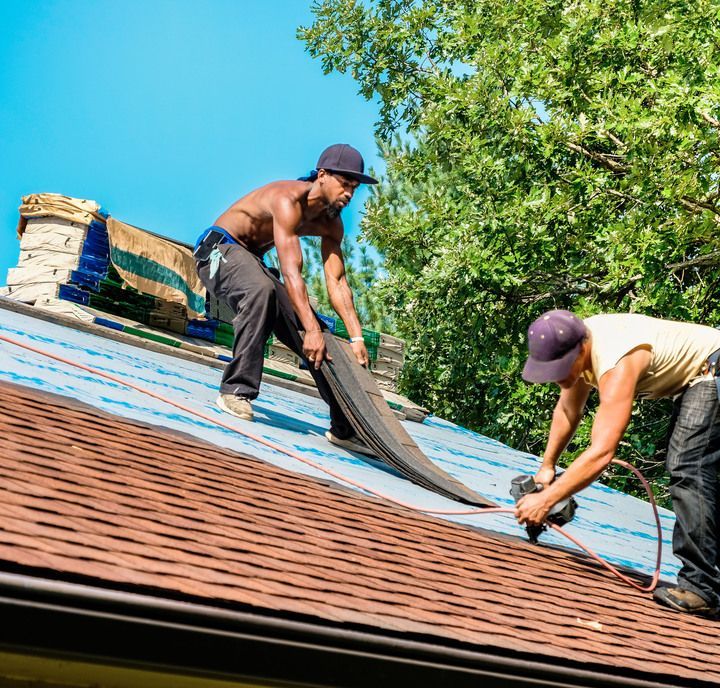
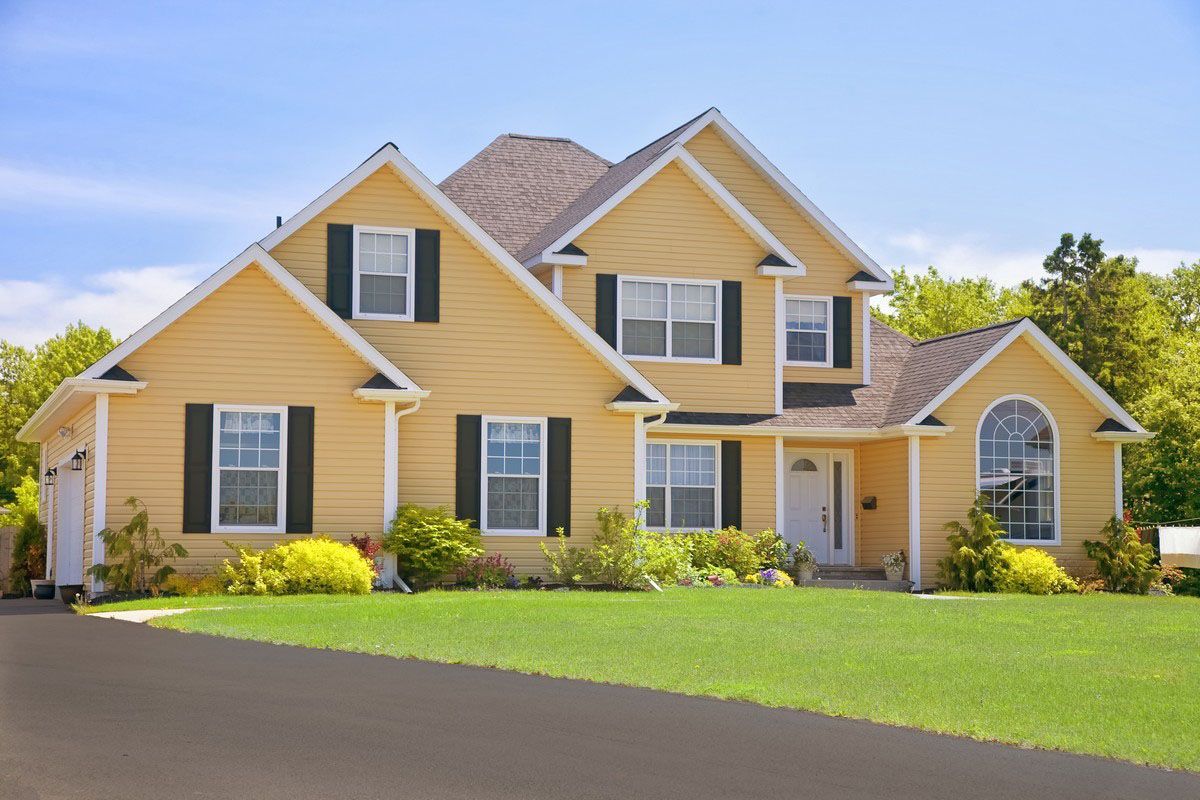

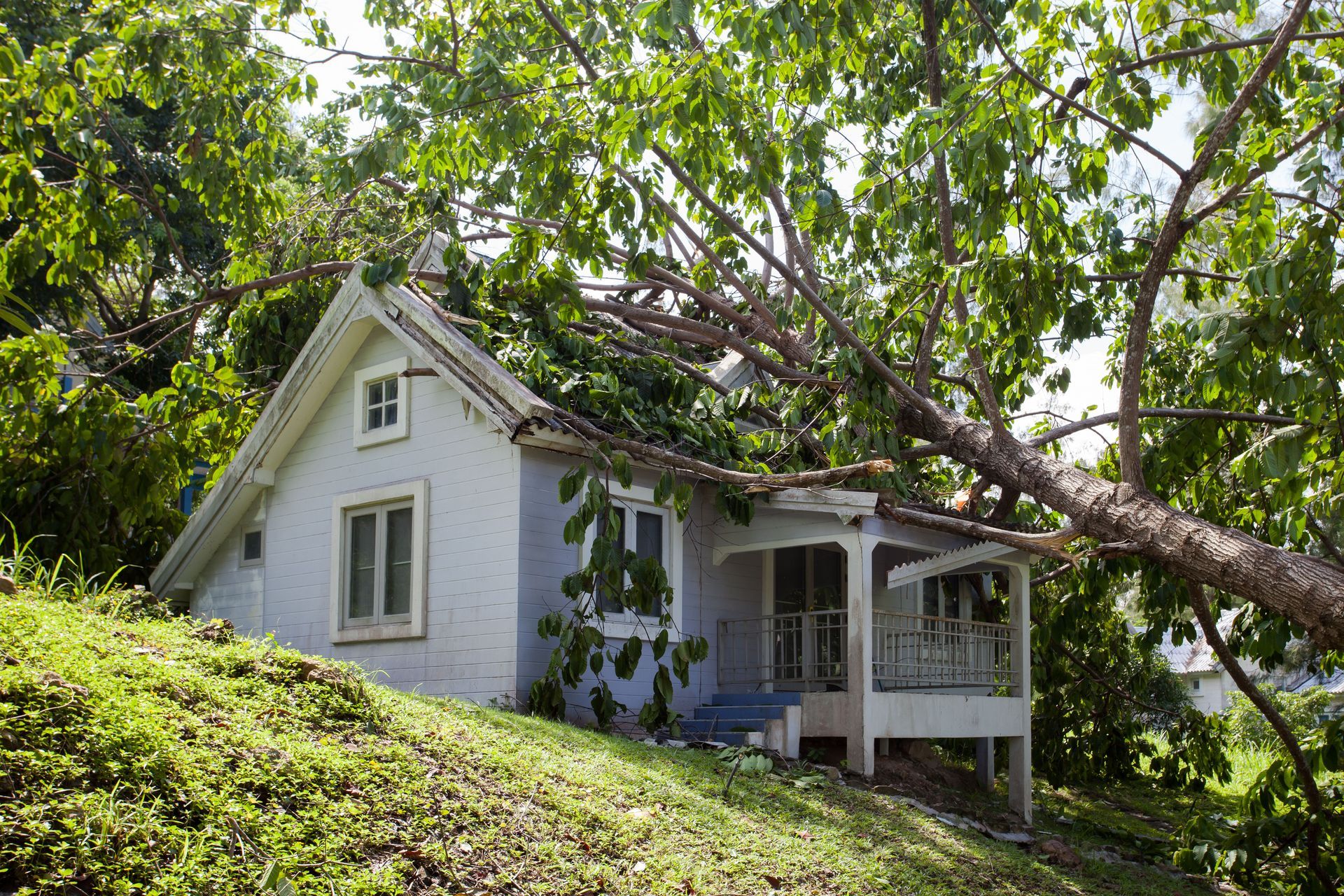
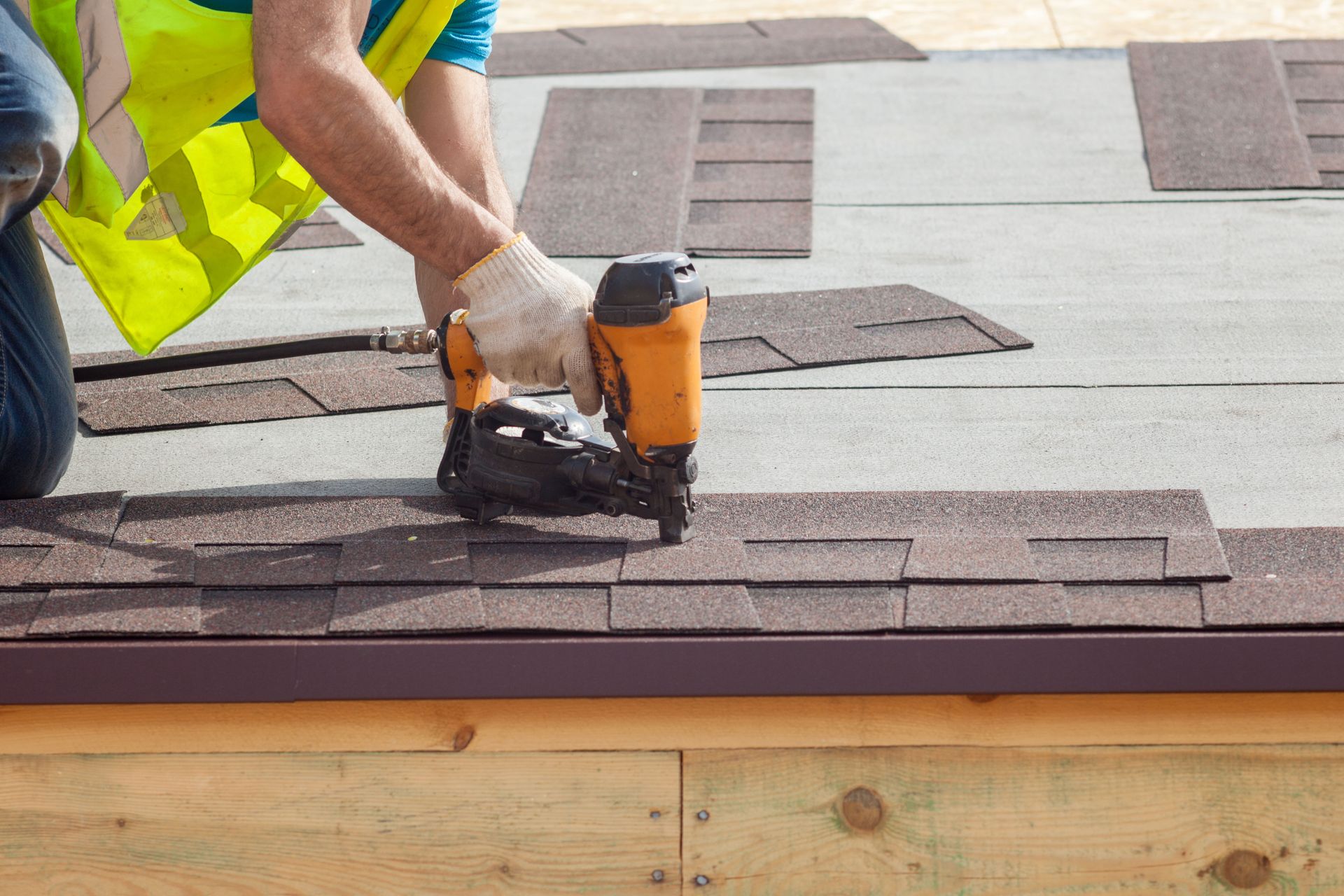
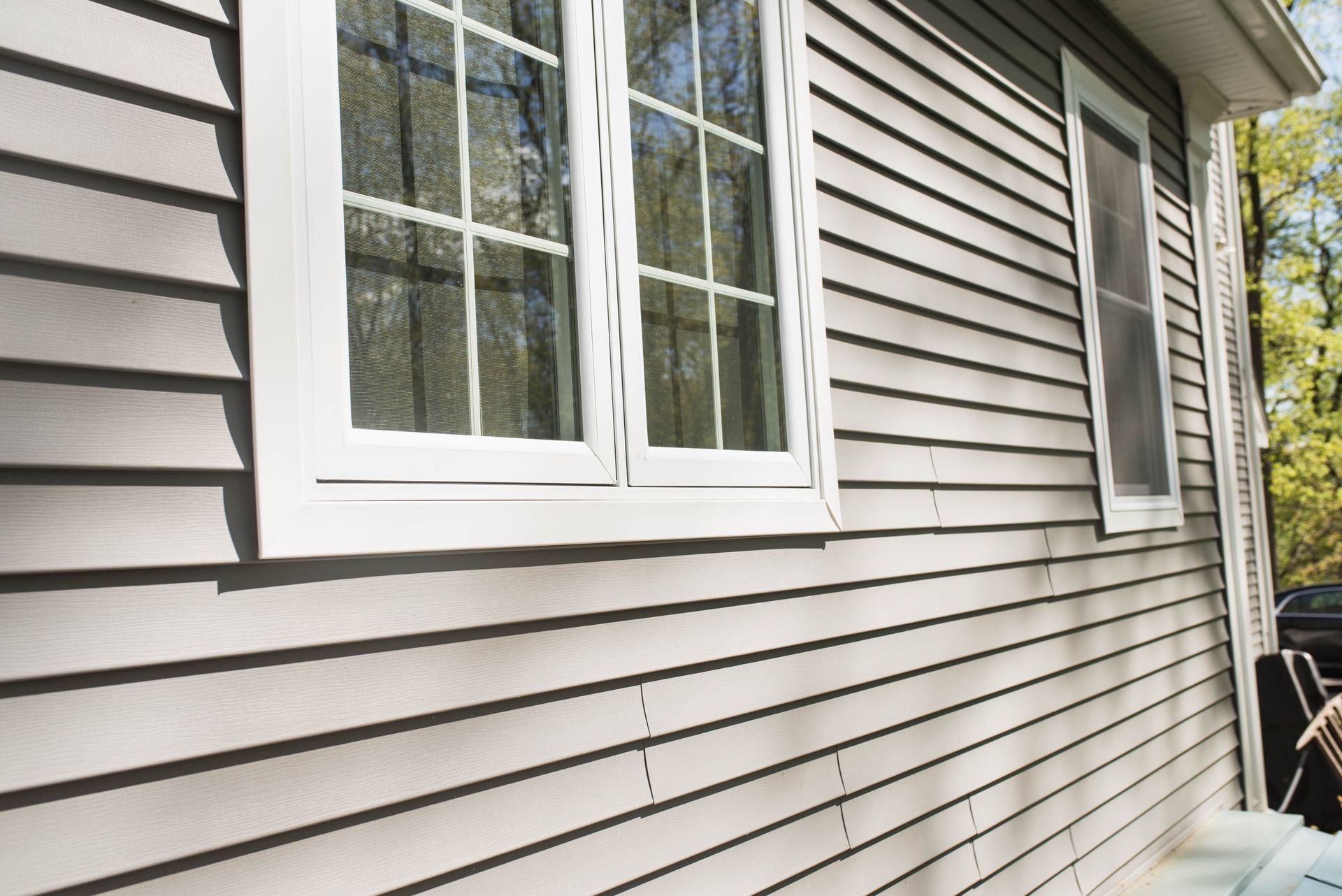
Share On: